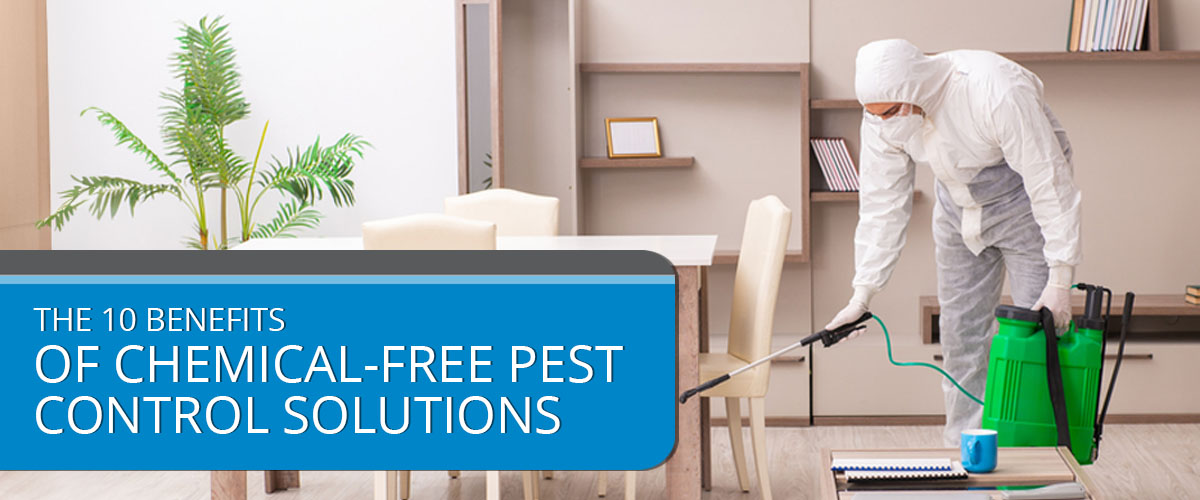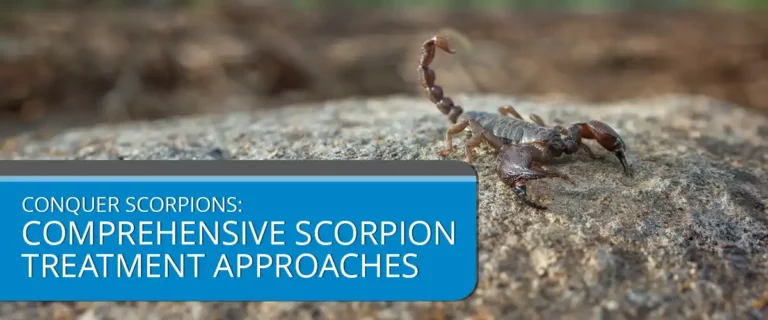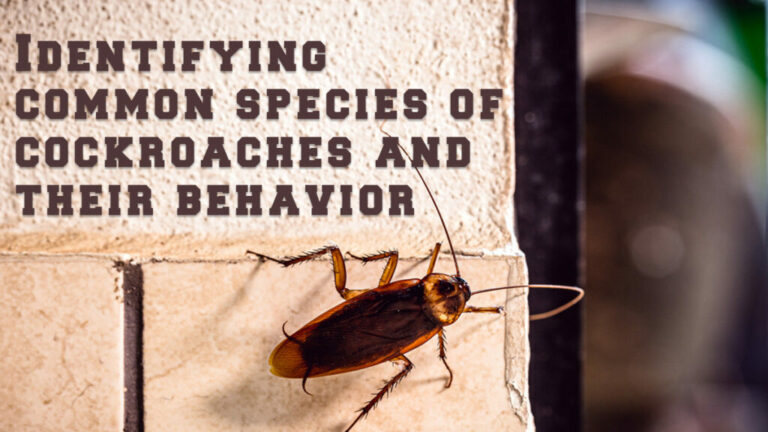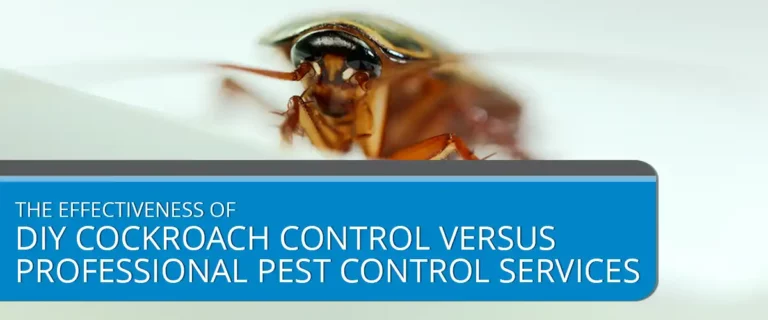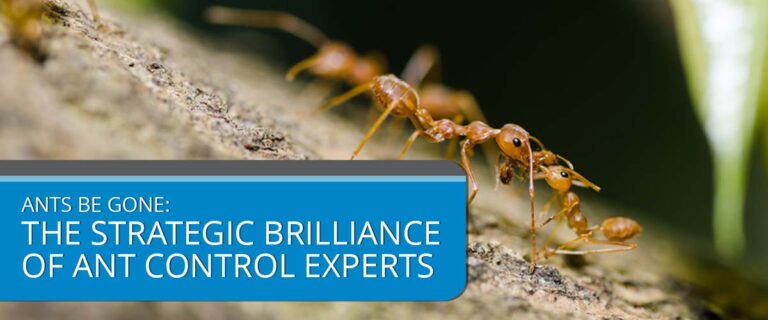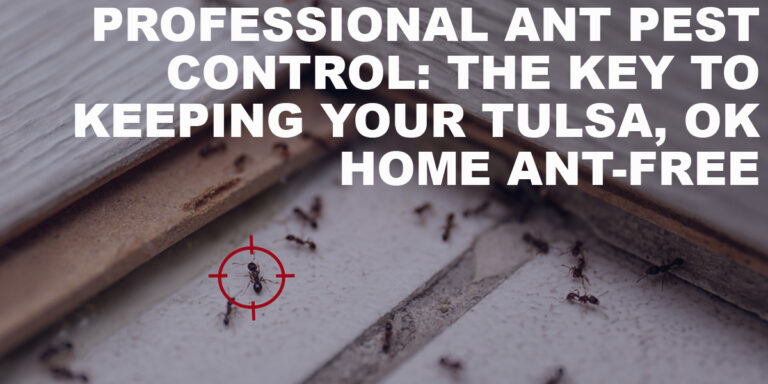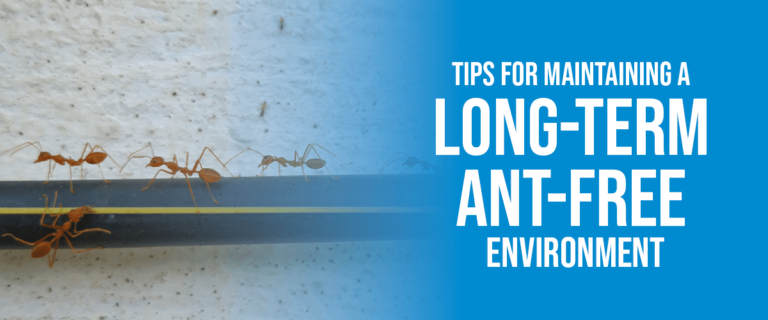The 10 Benefits of Chemical-Free Pest Control Solutions
Can you imagine a world where pests retreat in fear from your home without a single drop of harmful chemicals? Yeah, I know, it sounds too good to be true. Well, get ready to have your mind blown as we unveil the best-kept secret in pest control. Recently, there has been a growing preference for chemical-free pest control solutions. People are becoming more conscious of the potential risks associated with traditional chemical pesticides and are seeking alternative methods that are effective and eco-friendly.
Furthermore, the benefits of chemical-free pest control solutions extend beyond being environmentally conscious – they offer multiple advantages that can improve safety, protect the environment, and promote sustainable pest control practices.
The following are the benefits of chemical-free pest control solutions:

1. Safety for Humans and Pets
Chemical-free pest control in Oklahoma minimizes health risks for humans and pets by eliminating exposure to toxic substances. It includes:
- Instead of relying on chemical pesticides, natural and non-toxic ingredients are used.
- This approach effectively deters pests without posing health risks.
By adopting chemical-free pest control methods, individuals can also protect the well-being of themselves and their pets, avoiding potential hazards associated with harmful chemicals.

2. Environmental Protection
Chemical-free pest control methods have a profound positive impact on the health of our environment. It includes the following:
- Reduced pollution – Avoiding chemical pesticides lowers the amount of toxic compounds released into the environment.
- Conservation of local ecosystems – Beneficial insects and wildlife are protected to maintain the delicate balance of local ecosystems.
Moreover, by adopting chemical-free pest control methods, individuals can significantly contribute to a safer, cleaner, and healthier environment for all.

3. Long-Term Effectiveness
Chemical-free pest control solutions offer sustainable long-term pest control through the following factors:
- Diverse methods – These solutions employ various techniques, making it challenging for pests to develop resistance.
- Targeted approaches – Chemical-free solutions maintain a balanced ecosystem by targeting pests and sparing beneficial insects.
- Reduced chemical reliance – Minimizing the use of chemicals decreases the likelihood of pests building resistance, ensuring more effective and long-lasting pest control.

4. Cost-Effectiveness
Using chemical-free pest control methods offers potential cost savings due to factors such as:
- Lower health risks – Chemical-free solutions significantly reduce exposure to harmful chemicals, resulting in fewer health issues and related expenses.
- Long-term effectiveness – By preventing pests from developing resistance, chemical-free methods also provide more sustainable and longer-lasting pest control, reducing the need for frequent treatments and associated costs.

5. Supporting Biodiversity
Chemical-free pest control methods promote Biodiversity by protecting non-target species like bees, butterflies, and other beneficial insects. Additionally, traditional chemical pesticides often unintentionally harm beneficial insects, leading to a decline in crop pollination and ecological imbalances. By adopting chemical-free alternatives, individuals can:
- Preserve the delicate balance of ecosystems.
- Support pollinators
- Maintain Biodiversity
It also benefits the environment and contributes to the sustainability of agriculture and natural habitats.

6. No Residue Left Behind
Chemical-free solutions are ideal for use in sensitive areas like kitchens and gardens because they:
- Do not leave harmful residues, making them safe for food preparation areas.
- Protect plants from chemical contamination.
- Maintain a healthy living environment free from toxic substances.
- Ensure the safety of those who come into contact with treated surfaces.
- Promote a sustainable approach to pest control without compromising health or the environment.

7. Improved Indoor Air Quality
Avoiding chemical pesticides can improve indoor air quality and reduce the risks associated with airborne toxins. Achieving this involves the following:
- It eliminates the release of harmful fumes and residues into the air.
- Minimizes health concerns related to inhaling these toxins.
- It also makes the environment safer and healthier for residents.
- Promotes cleaner and purer air, positively impacting overall well-being.

8. Community Health and Safety
Sustainable practices benefit our community, including promoting better health and safety. Among these benefits are the following:
- Safer Public Spaces – By embracing eco-friendly practices, you actively contribute to a community with public spaces free from harmful chemicals, ensuring the safety and well-being of residents.
- Chemical-Free Water Sources – Choosing green alternatives also helps protect water sources from contamination, guaranteeing everyone access to clean and pristine water.
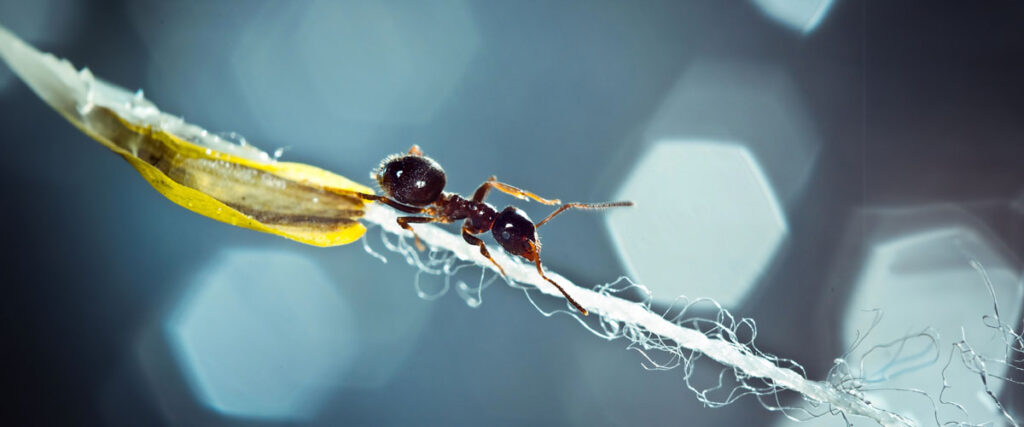
9. Promotes Innovation in Pest Control
The demand for chemical-free solutions in pest control has sparked a wave of innovation in the industry. Here are some reasons why this demand is driving innovation:
- Creative Techniques – The demand for chemical-free solutions in pest control also drives innovation towards safe methods for humans and the environment.
- Technological Advancements – Research teams actively develop innovative technology and cutting-edge instruments to improve pest management procedures and guarantee successful outcomes.
- Sustainable Solutions – Effective pest management while preserving ecosystem balance.

10. Encourages Knowledge-Based Approaches
Chemical-free pest control involves understanding pest behavior, leading to informed and strategic approaches. This results in:
- Reduced reliance on chemicals, a targeted intervention can be implemented using deep knowledge of pest habits and preferences.
- Enhances effectiveness and mitigates environmental impact by addressing specific species.
- Proactive prevention through knowledge-based strategies, ensuring sustainable and efficient pest control.
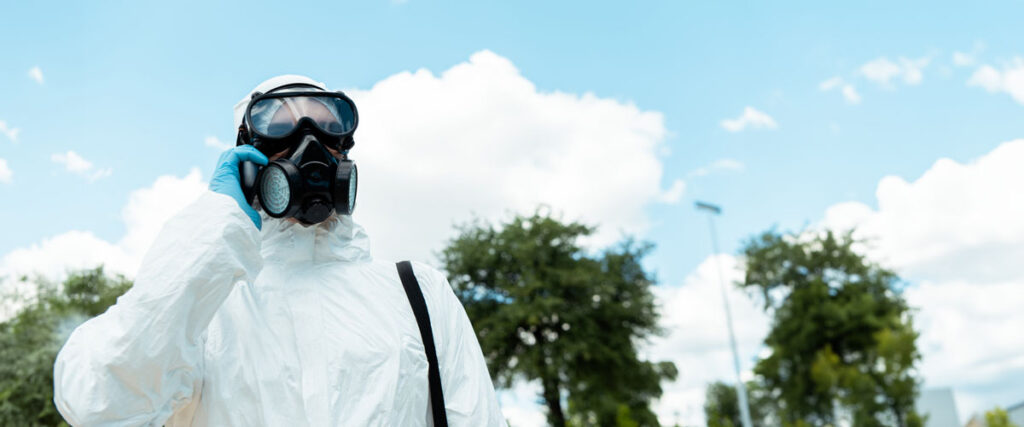
Choosing Chemical-Free Pest Control Solutions
Various options are available when selecting chemical-free pest control solutions, ranging from DIY methods to professional services:
- Individuals can employ natural repellents such as essential oils and deploy physical barriers like screens or nets.
- Introduce beneficial insects like ladybugs or implement cultural practices like crop rotation or maintaining a clean environment.
- Consulting with professionals specializing in Chemical-free pest control in Oklahoma can also provide valuable guidance and ensure effective pest management.
Additionally, understanding the specific pest problem, conducting research, and identifying the most suitable chemical-free approach based on individual circumstances is essential.

A Pest-Free Eco-Solution!
In conclusion, chemical-free pest control offers a compelling range of benefits, highlighting its pivotal role in advocating a healthier, safer, and more sustainable approach to pest management. By embracing natural methods, we actively safeguard the well-being of humans and animals while mitigating potential risks associated with chemical exposure.
Furthermore, this eco-friendly approach contributes to the preservation of the environment, supports biodiversity conservation, and fosters a harmonious coexistence with nature. Ultimately, chemical-free pest control also presents a conclusive solution that promotes a better future for all.
References:
Willbold, M. (2023, July 20). 9 Benefits of using Organic Pest Control Method in your Home. Retrieved from https://www.greenlivingblog.org.uk/benefits-of-organic-pest-control-methods/
Ginty, M. (2016, March 16). Control household pests without scary poisons. Retrieved from https://www.nrdc.org/stories/control-household-pests-without-scary-poisons

